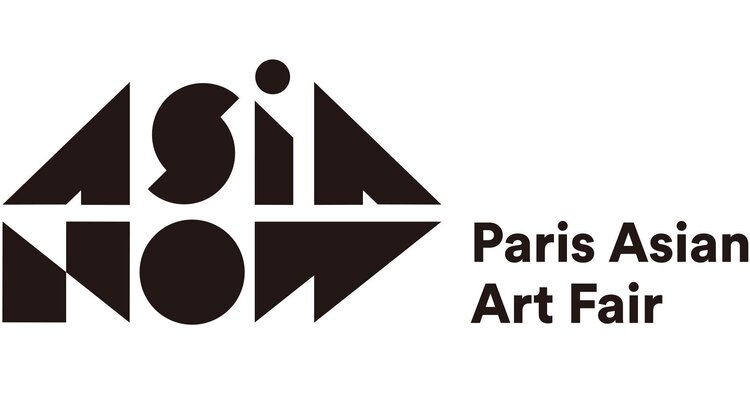Farideh Lashai Foundation - Booth SP8
Farideh Lashai, Leyla va Majnun (diptych), projected animated photographic images on painting (oil, acrylic and graphite on canvas) and sound, 200 x 400 cm, 2010s ca., Courtesy of the Estate of the Artist
ASIA NOW has the privilege to showcase several works by Farideh Lashai.
Throughout her distinguished career spanning over five decades, Farideh Lashai (1944 - 2013) has always juggled with varying means of expression, without recognizing any frontiers that might confine her to a rigidly defined artistic identity.
This presentation focuses on a very specific aspect of Farideh Lashai’s practice, her works as a crystal designer and a glass artist, in the early 60s, to which the translucency and ephemeral character of the video works of her last decade, can be traced back. While painting was her main practice, lyricism is the reigning characteristic in her works, whether it is painting, sculpture, writing, installation or a combination of animation and painting. The exhibition includes a seminal video work, Layla va Majnun.
Farideh Lashai, The Moon and Nightingale, Bronze and Glass, 38 x 20 x 17 cm, 1996, Courtesy of the Estate of the Artist - Photo by Hamid Eskandari
She was born in Rasht, Iran, at eighteen she left for Europe, where she studied Literature in Munich and Frankfurt, and later graduated from the Academy of Applied Arts, Vienna. In 1966 she went to work at Riedel Studios, in Austria. Two years later, she had her first exhibition—it featured works made from crystal in a two-man show alongside Claus Riedel in Milan. That same year, she began work at Rosenthal in Bavaria. The vases along with sketches and designs presented here are examples of that period. The translucent quality of the vases seemed like a harbinger of later paintings and sculptures to come, too, where very often an ethereal, almost translucent presence is juxtaposed to a heavier one. Three works on paper from 1960s and early 70s along with a sculpture are shown here to highlight this juxtaposition.
Lashai has been widely exhibited internationally, from Art Basel in 1978, to Sydney Biennale 2012, Moscow Biennale 2013, and collateral events of the Venice Biennale 2019. Posthumously, her work was subject of a retrospective “towards the ineffable: Farideh Lashai” curated by Germano Celant and Faryar Javaherian at the TMoCA, in 2015, and a retrospective curated by Hoor Al Qasimi at the Sharjah Art Foundation in 2016. In 2017, a three-museum project, placing the work of Lashai alongside the work of Francisco Goya, was organized between the Museum of Fine Art Ghent (MSK, Ghent), Museo Nacional del Prado and the British Museum.



